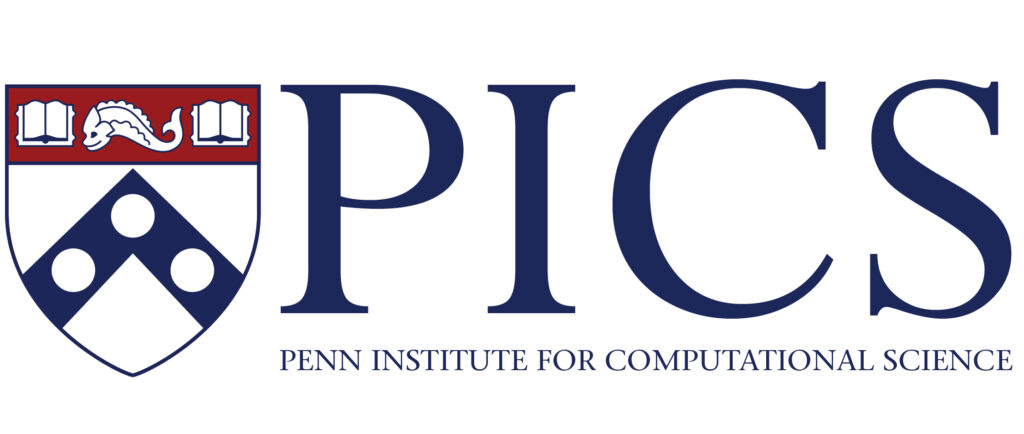Chenfanfu Jiang, assistant professor of Computer and Information Science, has a new paper out in preprint.
Abstract: This paper provides a new avenue for exploiting deep neural networks to improve physics-based simulation. Specifically, we integrate the classic Lagrangian mechanics with a deep autoencoder to accelerate elastic simulation of deformable solids. Due to the inertia effect, the dynamic equilibrium cannot be established without evaluating the second-order derivatives of the deep autoencoder network. This is beyond the capability of off-the-shelf automatic differentiation packages and algorithms, which mainly focus on the gradient evaluation. Solving the nonlinear force equilibrium is even more challenging if the standard Newton’s method is to be used. This is because we need to compute a third-order derivative of the network to obtain the variational Hessian. We attack those difficulties by exploiting complex-step finite difference, coupled with reverse automatic differentiation. This strategy allows us to enjoy the convenience and accuracy of complex-step finite difference and in the meantime, to deploy complex-value perturbations as collectively as possible to save excessive network passes. With a GPU-based implementation, we are able to wield deep autoencoders (e.g., 10+ layers) with a relatively high-dimension latent space in real-time. Along this pipeline, we also design a sampling network and a weighting network to enable \emph{weight-varying} Cubature integration in order to incorporate nonlinearity in the model reduction. We believe this work will inspire and benefit future research efforts in nonlinearly reduced physical simulation problems.

